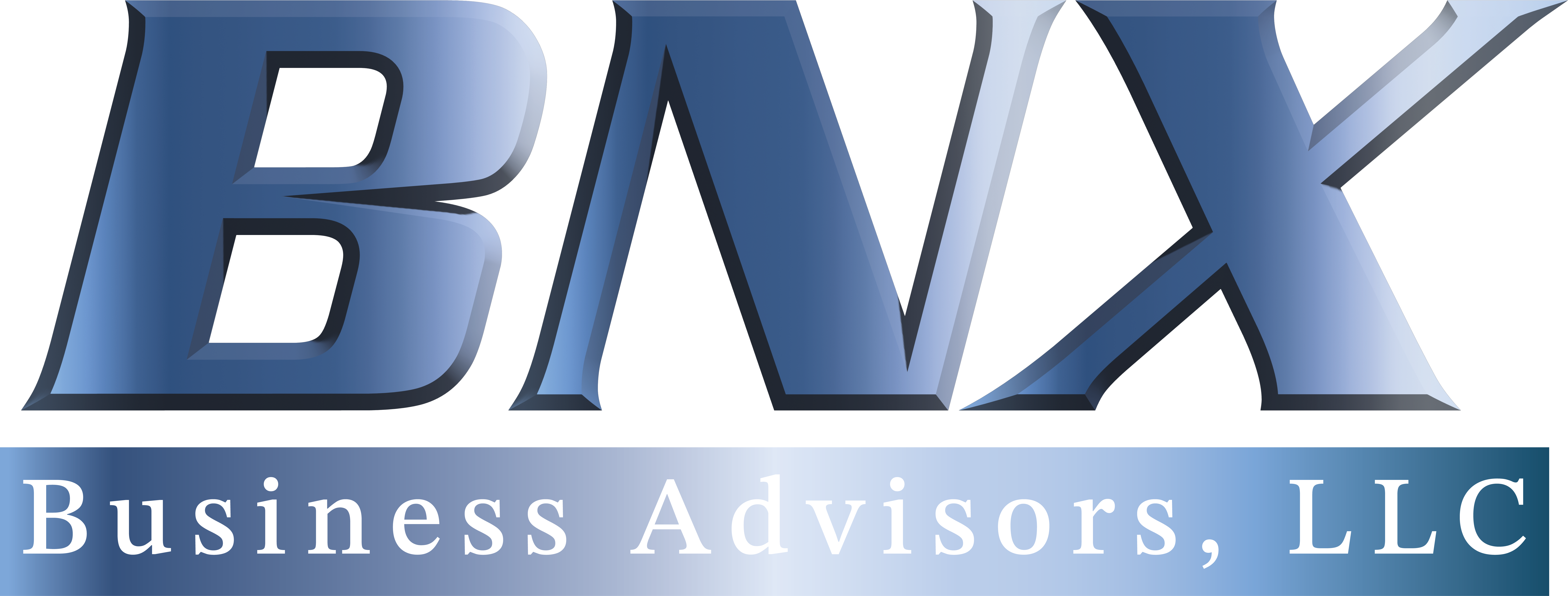
Introduction
Business compliance is a complex and ever-evolving aspect of the corporate world, with numerous myths and misconceptions surrounding it. In this blog, we are here to expose the truth behind some common business compliance myths that have long persisted. Let’s dispel the illusions and set the record straight, so businesses can navigate the compliance landscape more effectively.
Myth 1: Compliance Is Just About Following Laws
Truth: Compliance encompasses more than just adhering to laws and regulations. While legal compliance is crucial, it’s only one part of the puzzle. True compliance involves adhering to both external regulations and internal standards, policies, and ethical guidelines that an organization sets for itself. It’s about doing what’s right and aligning your operations with your values and mission.
Myth 2: Compliance Is One-and-Done
Truth: Compliance is not a one-time task but an ongoing process. Laws and regulations change, and so does your business. Regular reviews, updates, and assessments are necessary to ensure continued compliance. Adopting a ‘set and forget’ approach is a recipe for non-compliance.
Myth 3: Compliance Is the Responsibility of a Specific Department
Truth: While compliance may have a dedicated department or officer, it’s not their sole responsibility. Compliance should be a shared commitment throughout the entire organization. All employees, from the top down, play a role in maintaining compliance. A culture of responsibility is essential.
Myth 4: Small Businesses Don’t Need Compliance
Truth: Compliance is not reserved for large corporations. Small businesses, if anything, are more vulnerable to compliance violations due to limited resources and knowledge. Ignoring compliance can lead to costly consequences, making it equally critical for small businesses.
Myth 5: Compliance Only Requires Documentation
Truth: Documenting compliance efforts is important but not sufficient. Effective compliance entails not only maintaining records but actively adhering to policies and regulations. Compliance documentation serves as evidence of your commitment to compliance, but it’s not a substitute for compliance itself.
Myth 6: Compliance Is Too Expensive
Truth: While maintaining compliance may incur costs, the price of non-compliance can be far more significant. Legal penalties, damaged reputation, and lost business opportunities can all result from non-compliance. Investing in compliance is, in fact, an essential cost-saving strategy.
Myth 7: You Can’t Influence Regulatory Changes
Truth: Many businesses believe they have no control over regulatory changes. While you can’t dictate government policy, you can participate in the process. Engaging in advocacy, industry associations, and staying informed can help shape regulations that are more favorable to your business.
Myth 8: Compliance Is a One-Size-Fits-All Approach
Truth: Compliance is not universal; it varies by industry, region, and company size. What works for one business may not work for another. Effective compliance strategies are tailored to your specific circumstances, including your industry, location, and goals.
Myth 9: Compliance Is Solely About Avoiding Penalties
Truth: Compliance is not just about avoiding fines and penalties. It’s about maintaining a good reputation, earning trust, and fostering customer and stakeholder confidence. Compliance also minimizes risk, improves operational efficiency, and can open doors to new opportunities.
Myth 10: Compliance Guarantees Success
Truth: While compliance is a vital component of business success, it doesn’t guarantee it. Other factors such as innovation, customer satisfaction, and market competitiveness also play a significant role. Compliance is a foundation, not the entire building.
Conclusion
Understanding and dispelling these business compliance myths is crucial for organizations to develop effective and realistic compliance strategies. Compliance is not just a set of rules and checkboxes; it’s a dynamic process that requires a commitment to ethics, responsibility, and continuous improvement. By exposing the truth behind these myths, businesses can create a more robust compliance framework that contributes to their long-term success and integrity.
